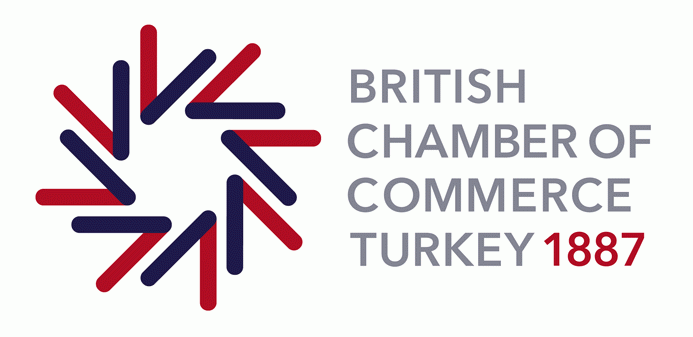South Africa
Gold at the end of the rainbow
Today’s so-called Rainbow Nation bears little resemblance to the quasi police state which prevailed under apartheid two decades ago. Nevertheless, full integration still remains an aspiration rather than a reality for many of its 50 million citizens. Although it has the largest economy in the continent, deep-seated problems contrast starkly with huge opportunities. One of UK Trade & Investment’s high-growth markets, South Africa is now part of the rapidly-developing BRICS markets along with Brazil, Russia, India and China.
Offering a blend of First World infrastructure and vibrant market economy, South Africa is viewed as an increasingly sophisticated and lucrative market for British companies, assisted by the long-standing colonial ties with the country.
However a quarter of its population are unemployed, partly as a result of restrictive labour regulations. An equal number live on less than £1 per day. Joblessness and inequality are seen by South Africans as the pivotal economic problems facing the country. These factors have fuelled crime and consequently affected investment, confidence and growth.
Since the days of racial segregation ended in 1994, South Africa has made a quantum leap in gaining a prominent role in international markets. It has a mature banking system, plentiful natural resources, a business structure not dissimilar to the UK and a relatively moderate political system. It is now ranked in the top 20 countries in international trade and is an important gateway to other African markets. It is also viewed as an attractive market for overseas investment.
It now spends more than seven percent of its GDP on education – around three times that during its apartheid days.
The country has reduced tariffs and introduced other trade reforms. It has free trade agreements with both the European Union and the South African Development Community.
The UK is one of South Africa’s principal trading partners with annual two way business worth in excess of £7 billion a year.
A member of the World Trade Organisation and G-20, South Africa has a GDP of a third of a trillion pounds and a current growth rate hovering around three per cent. Services make up two-thirds of the labour force with industry taking a quarter and agriculture only around nine per cent. Its principal industries are mining – especially metals such as gold and chromium – as well as coal and diamonds. It is the world’s biggest source of platinum. Other key industries are car production, metalworking, machinery production, iron and steel, fertilisers, foodstuffs and commercial ship repair as well as fisheries, clothing and textiles, telecommunications, energy, financial and business services, real estate, tourism, transportation, and wholesale and retail trade.
The country’s imports and exports are equally balanced at around £60 billion. The UK takes around seven per cent of South African exports. The country’s chief customer is China.
South Africa is diverse not just in terms of its people, languages and geography but also as far as business, trade and investment opportunities are concerned. Doing business depends very much on location since the provinces of Gauteng, KwaZulu-Natal, and the Western Cape account for 65 percent of the country’s GDP. Gauteng is the economic hub. Based around Johannesburg, it represents just 1.4 per cent of the country’s land area but accounts for 34 per cent of GDP.
Johannesburg, projected to have a population of 14 million plus by the middle of the decade, is the regional centre of various sectors including IT, finance, media, real estate, private healthcare, transport and a buoyant leisure activities market. These along with manufacturing and construction offer potentially profitable opportunities for British businesses.
The Western Cape, contributing around 15 per cent of GDP, is experiencing an IT boom. Design work and the creative sector also have a strong presence. Now a popular film location, the number of film production companies has risen from five to 150 plus in a decade.
KwaZulu-Natal, responsible for around 17 per cent of GDP, is centred on Durban and Richards Bay, two of the biggest ports anywhere in Africa. Durban, South Africa’s third largest city, is the busiest port in the entire continent. Pietermaritzburg offers incentives to investors such as discounts on electricity and waste collection and rebates on rates.



